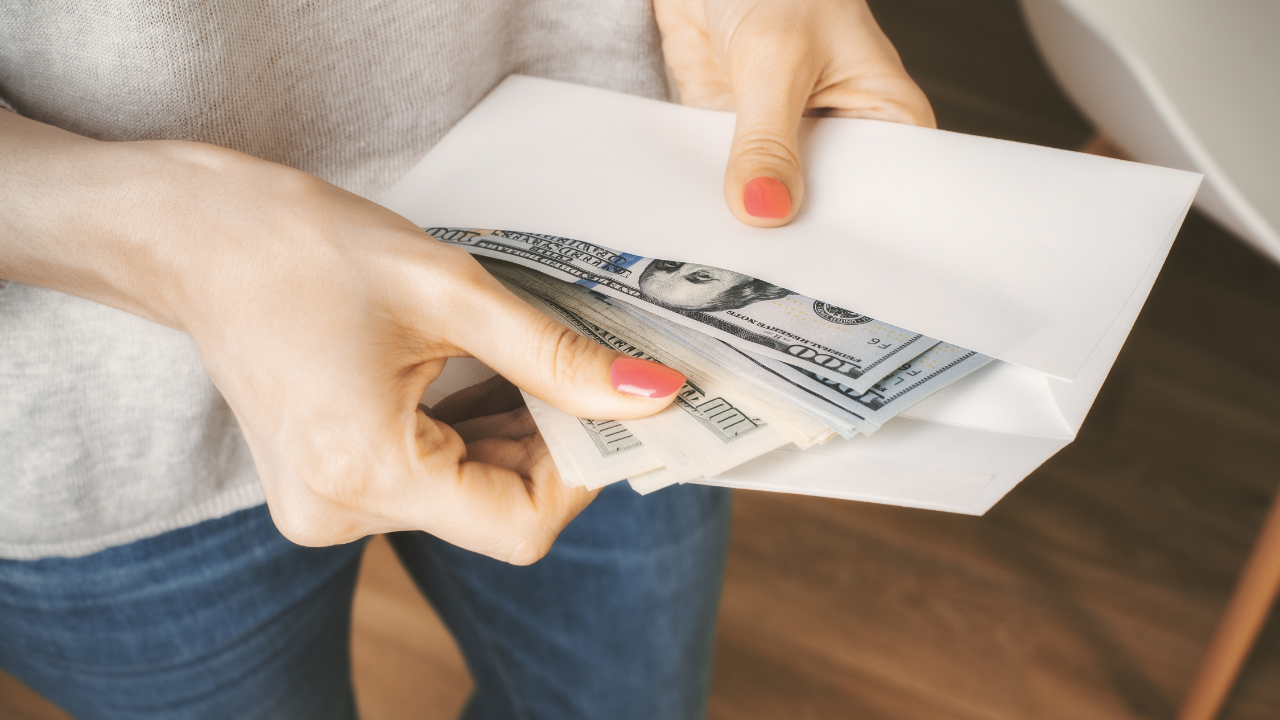How a no-spend challenge can save you money

Key takeaways
- A no-spend challenge is when you challenge yourself to avoid spending money on non-essentials for a specific amount of time.
- You’ll still pay for things like rent or a mortgage, bills, groceries, medicine and other essentials.
- Non-essentials could be dining out, online shopping and home purchases when what you already have works.
Sometimes it’s hard to notice when your spending gets out of hand. If you aren’t conscious about your money habits, then there’s a chance you might be spending more than necessary right now.
A no-spend challenge is a great way to pause unnecessary spending. Contrary to its name, you still spend money on essentials, but it can help you reset your mindset on your spending habits.
A no-spend challenge can save you money as well. It’s a means to save, be it for a specific purchase, building your emergency fund, paying off debt or giving your savings a boost
What is a no spend challenge?
A no-spend challenge is when you challenge yourself to avoid spending money for a set amount of time. The point of a no-spend challenge is to take a step back and look at where your money goes — as there’s a chance you may not have been paying attention.
There are only a few rules with a no-spend challenge, and you don’t have to follow any stringent guidelines since it’s supposed to cater to your needs and goals. Keep in mind, you’re still spending money on the things you need, such as your mortgage or rent, bills and food.
The time you make for your challenge is also up to you. You can do it for a week, a month, a season or even an entire year.
How to do a no spend challenge
1. Make a goal
A no-spend challenge is customizable to you. The goal is to reset your finances and your outlook on money, which doesn’t always look the same for everyone.
You might want to save up for a big trip, pay off a large chunk of debt, save for a down payment, make a big purchase, invest or something else. Keep in mind you don’t need to have a specific monetary goal for this challenge. Instead, your goal might look something like, “The money I save for this challenge will go towards holiday presents this year” or “I want to save funds for a new car.”
If it helps, write it down and put it on a sticky note in a place that you’ll see often, such as on your bathroom mirror, nightstand or at your desk. A constant reminder can help you stay focused.
2. Set your timeline
No-spend challenge timelines are fluid. Many folks do a no-spend challenge month while others might focus on a no-spend challenge for a year. If you’ve never done a no-money challenge, start small with a few weeks or a month. Some people even pick certain days out of the month to avoid unnecessary spending. If you’ve done one before, challenge yourself with a no-spend season (the season you choose, of course, is whenever you think you can manage it).
Your goals also play into your timeline. For instance, if you’re saving up for a large purchase, such as a car or vacation, you may want to try a longer no-spend challenge. Or if you have the time, consider alternating no-spend challenge months where you have one month doing the no-spend challenge and one month off the challenge. Your timeline is up to you, so be flexible with yourself.
3. Set your spending rules
In general, spending rules include not spending money on unnecessary purchases. This could include:
- Clothes, accessories, shoes or similar things that aren’t broken beyond repair
- Dining out, buying alcohol, coffee shops or hitting up regular happy hours
- Recurring subscriptions you no longer use
Your rules and limits are up to you. Some folks might allow for one or two restaurant trips in a month while others may cook all the food in their house before going out to eat.
4. Plan your timeline
Completely changing your lifestyle isn’t easy for everyone, and there’s a chance without a plan, you could fall into old habits. Plan out your time during the challenge so your future self isn’t facing a struggle.
Your timeline should tailor to your needs, activity level and expectations. For instance, if you challenge yourself not to dine out for a whole month, it might help to make a meal plan every week. Before heading to the store, check your fridge, freezer and pantry for ingredients you already have. If you’re feeling stuck, browse Pinterest or ask ChatGPT to craft a meal plan for you based on the ingredients you have on hand. That way when you head to the store, you aren’t buying more than you need.
5. Check in with yourself
This is not a set-it-and-forget it money move. A no-spend challenge can save you money, but you’ll need to put in a bit of work. That means checking in with yourself and tracking your progress.
Say you aren’t dining out this month. Look at your budget to see what you spent on restaurants the last few months and figure out an average. As the month passes, see how much you’ve saved by cooking at home. It might help to regularly put that saved up cash into a savings account so you don’t feel compelled to spend it.
It’s okay to tweak and change as necessary. Remember things come up and emergencies happen, so it’s natural to change course. Don’t be too hard on yourself. Get back on track when you can, and adjust accordingly.
Does a no spend challenge really work?
No-spend challenges can work. This isn’t only about how much money you don’t spend, but how your mind shifts when you make a conscious effort to stop unnecessary spending. You’ll see how your outlook changes when it comes to wants and needs. Sometimes it isn’t all about what you didn’t spend but rather, how you now view and handle money.
No-spend challenges can work in the short term, where you save money for a financial goal. But they can also work in the long run, where you can figure out what’s important to you. If you ended a challenge and didn’t feel like your mindset or financial habits changed, you might need to review. What happened and what didn’t work for you? This way, you can go into a new challenge with something that might work better for you.
What’s next after a no spend challenge?
A no-spend challenge is usually temporary. After all, you may want to treat yourself every once and a while. You don’t have to always live in a no-spend challenge, but you can make big changes to how you see and manage money.
These changes can greatly impact how you spend after the challenge is up. You might find that dining out is a monthly treat or grabbing coffee after you’ve made your rent payment.You can stay in a no-spend challenge as long as you’d like. But you can also challenge yourself to do them regularly so you can give your mind a reset.
Also consider other types of challenges so you don’t get bored. For instance, there’s a 52-week savings challenge where you save money based on the week. So during week 1 you’ll save $1. For week 2 you’ll save $2 and so on. At the end of the year you’ll have $1,378 saved up. For an even greater challenge, do it in reverse. So for week 1 you’ll save $52, and week 2 you’ll save $51. The final week, you’ll save $1. Remember you don’t have to start this at the beginning of the year. You can start where you are, right now.
One thing to watch out for is spending more money once your challenge is over. Also referred to as revenge spending, people may want to make up for lost time and end up spending more after their no-spend challenge completion.
If you’ve accumulated savings as a result, consider the best place to save, and further grow your money, such as in a high-yield savings account, a certificate of deposit or a money market account.
Bottom line
A no-spend challenge is a great way to recharge your mind for how you approach and handle money. Changing your thinking can have a significant impact in how you spend — and save — your money.
It’s okay to make changes that you know will help you throughout the challenge. Also consider starting with a friend so you can have an accountability partner.






